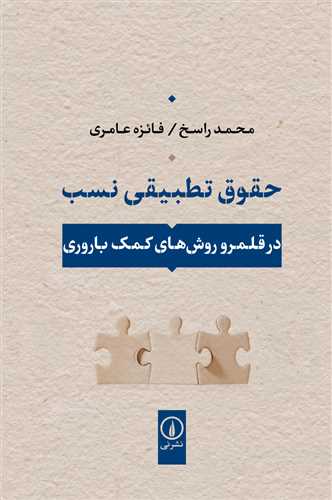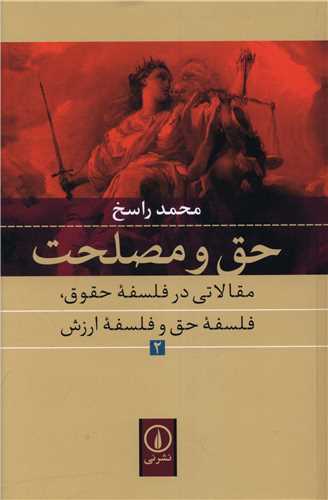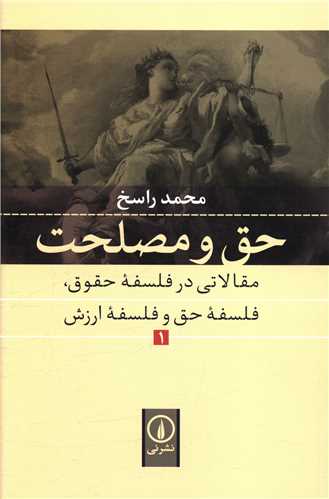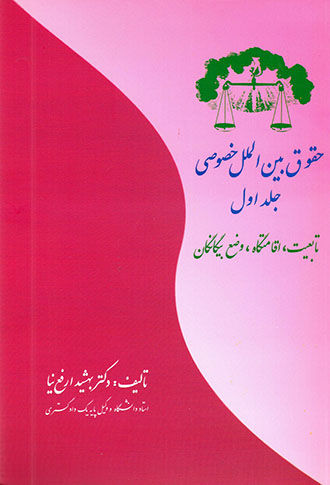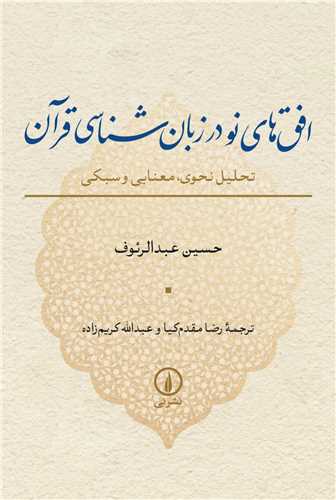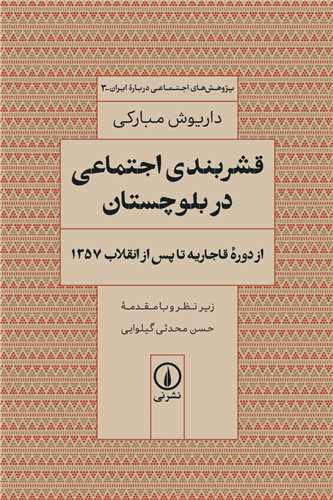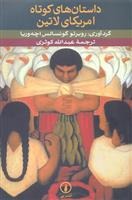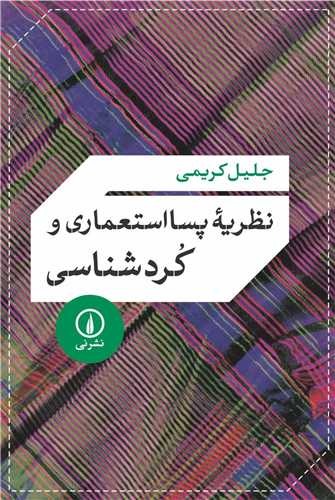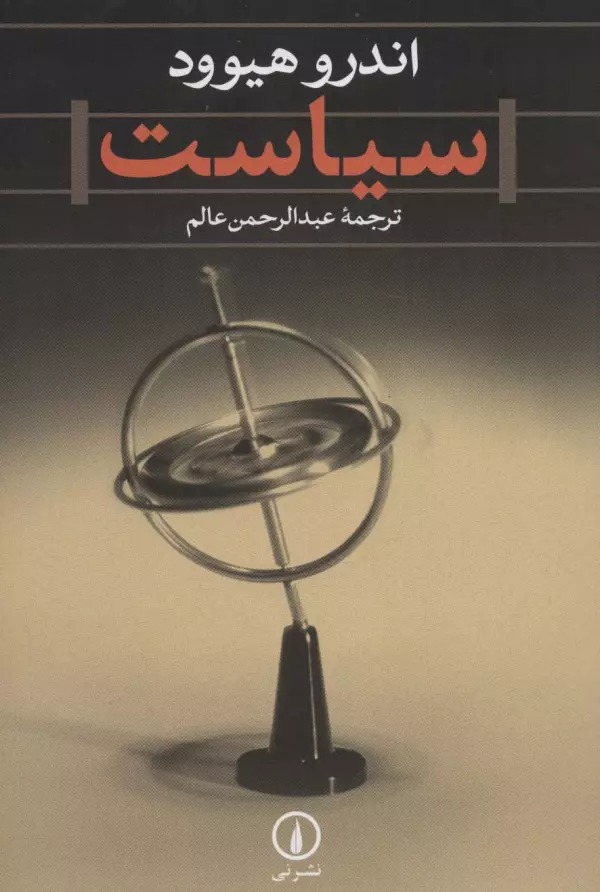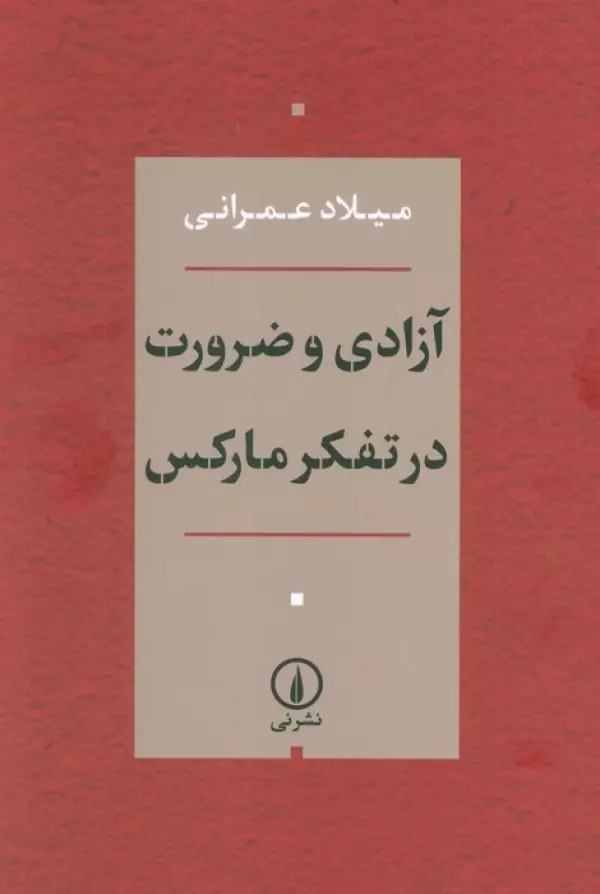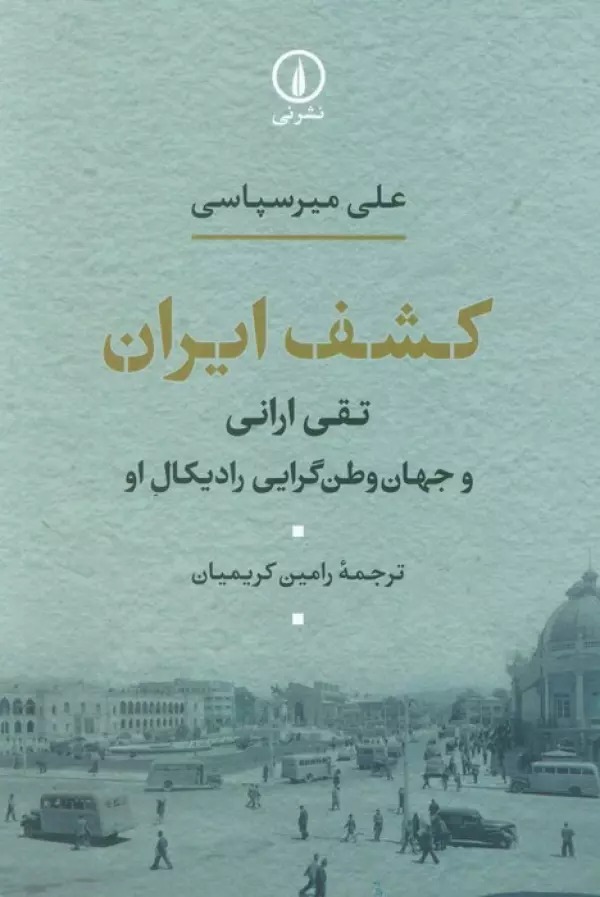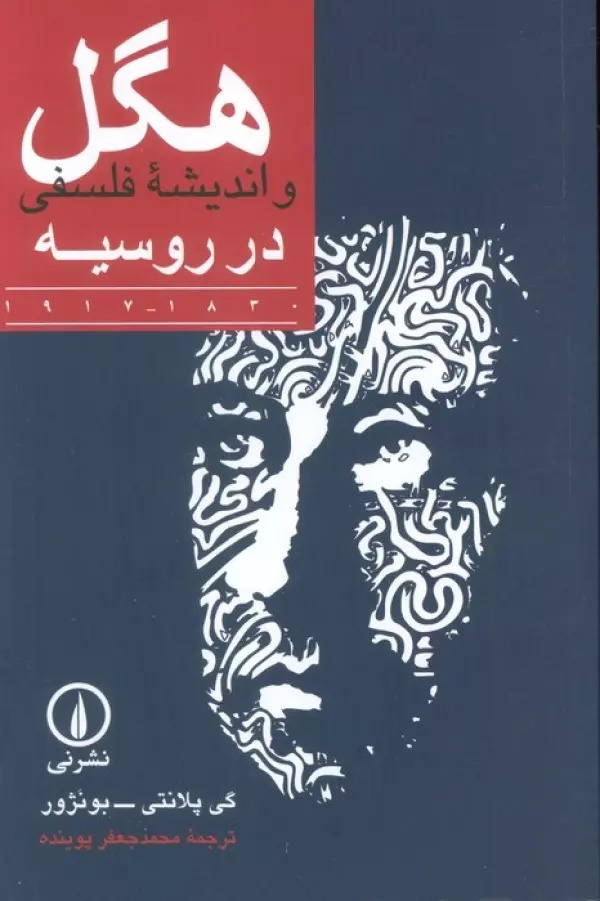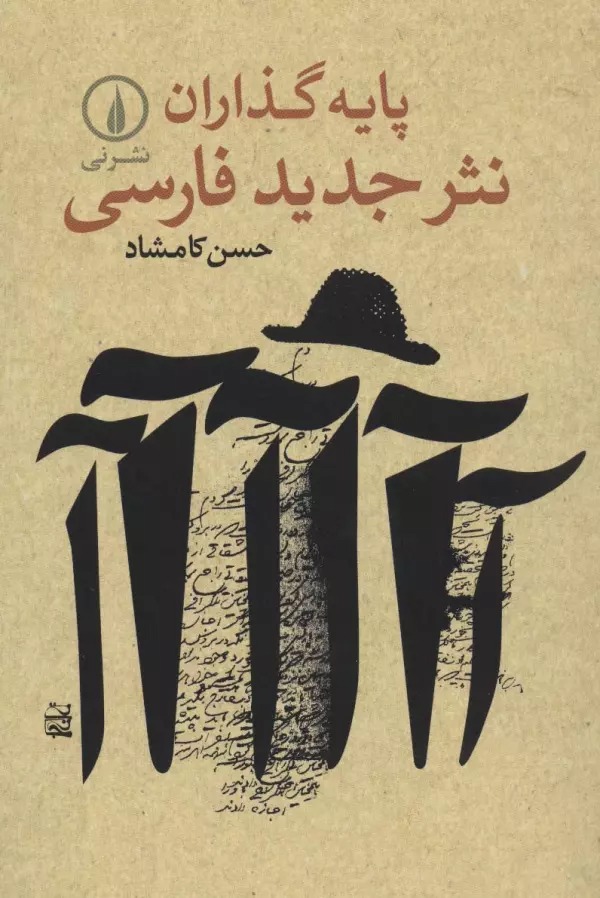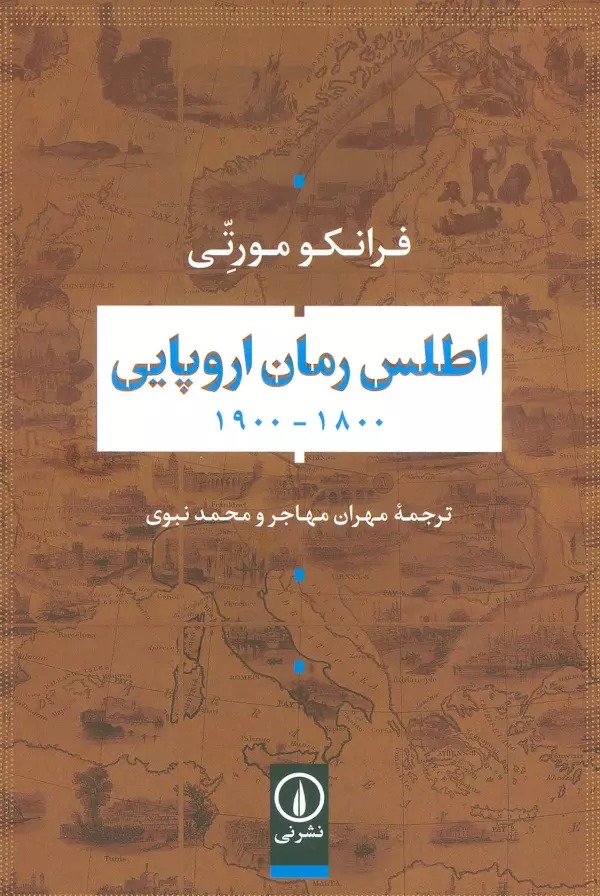Ḥuqūq-i Taṭbīqī-yi Nasb: Persian 1403
حقوق تطبیقی نسب
17.12 $
Share
Wishlist
Original Title:
حقوق تطبیقی نسب
ISBN:
9786220606949
Publisher:
Nashr-i niy
Age Group:
Adult
Pages:
280
Weight:
288 g
Dimensions:
14 x 21 x 2.6 cm
Book Cover:
Paperback
It has now been two decades since the law on embryo donation for infertile couples was passed in the country. Years before the passage of such a law, assisted reproductive methods with third-party intervention were used in the country, and infertile couples had children through this method. This is not a strange event, as the law moves slowly and slowly in all societies; unlike the process of science and technology, which advances rapidly. However, the aforementioned law is not comprehensive for two reasons; first, it does not cover all assisted reproductive methods and is limited to embryo donation. Second, it provides a strange and ambiguous statement of the lineage of children born from these methods. According to the law, applicants for receiving embryos are not parents; but they must maintain and care for the child; as if they had adopted a child under their care. Is the situation the same in all legal systems? By studying various legal systems, it becomes clear why and how the third party's entry into the reproductive process is recognized, which is not an easy task, as well as his role in the lineage of the child resulting from this process. Now that many children have been born in the country through the aforementioned methods and their existence cannot be ignored, it is necessary to study the experience of the laws of other countries about the issue of their lineage. In this way, it may be possible to help eliminate the shortcomings in the legal regulation of such phenomena. This research is an effort in this direction.
more
اکنون دو دهه از تصویب قانون نحوهٔ اهدای جنین به زوجین نابارور در کشور میگذرد. سالها پیش از تصویب چنین قانونی، روشهای کمکباروری با مداخلهٔ ثالث در کشور به کار بسته شده و زوجین نابارور از این طریق صاحب فرزند شده بودند. این امر رویدادی عجیب نیست، چه قانون در همهٔ جوامع آهسته و بطیء حرکت میکند؛ بر خلاف رویّهٔ علم و فناوری که بهسرعت به پیش میتازد. باری، قانون یادشده از جمله به دو دلیل جامع نیست؛ نخست آنکه همهٔ روشهای کمکباروری را در بر نمیگیرد و به اهدای جنین محدود است. دوم آنکه بیانی غریب و مبهم از نسب کودکان متولدشده از این روشها به دست میدهد. به تعبیر قانون، متقاضیانِ دریافت جنین والدین نیستند؛ اما باید از کودک نگهداری و مراقبت کنند؛ گویی فرزندی را به سرپرستی قبول کردهاند. آیا وضعیت در همهٔ نظامهای حقوقی همینگونه است؟ با مطالعهٔ نظامهای حقوقی گوناگون چرایی و چگونگی به رسمیت شناختن ورود شخص ثالث به فرایند تولید مثل، که امری آسان نیست، و نیز نقش وی در نسب کودکِ حاصل از این فرایند آشکار میشود. اینک که کودکانی بسیار به روشهای یادشده در کشور متولد شدهاند و نمیتوان وجود آنان را نادیده گرفت، لازم است تجربهٔ حقوق دیگر کشورها در ارتباط با مسئلهٔ نسب ایشان مطالعه شود. بدینسان، شاید بتوان به رفع کاستیهای موجود در نتظیم قانونیِ چنین پدیدارهایی کمک کرد. این جُستار کوششی در این راستاست.
more

